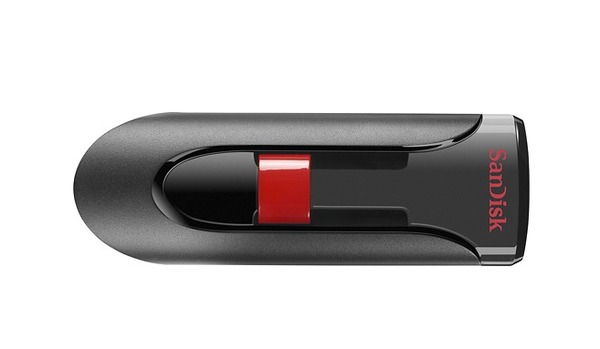

#Flash drive pny vs. sandisk download
To test the upload and download speed of the drives, I used a 1.8GB. SanDisk's specifications don't reveal its read/write speeds. Lexar's specifications show its JumpDrive has maximum read/write speeds of up to 150MB/s and 60MB/s, respectively. Both drives work natively with Windows or Mac OS. Lexar's drive comes with a three-year warranty SanDisk's has a two-year warranty. Lexar's drive is also about twice as wide and about a third longer than SanDisk's thumb drive. One advantage Lexar has is you can retract both connectors into the case, offering a level of protection from physical damage, But, the slide is flimsy and does accidentally extend one or the other connector while in your pocket.

Lexar's drive uses a thumb slide mechanism that extends either a Type-C or USB 3.0 out of either end of a grey case. SanDisk's thumb drive allows either a Type-C or USB 3.0 port to rotate on a hub out of a protective casing. Right off the bat, I liked SanDisk's design better than Lexar's. I was able to find it on sale at B&H for $21.35. SanDisk's thumb drive retails for $65, but it can be bought for $50 at B&H the Lexar drive retails for $33.63, but it's not widely available.

Lexar has the JumpDrive M20c USB Type-C flash drive SanDisk offers the Dual USB Drive Type-C. Additionally, Lexar offers a 16GB and 64GB version of its drive. Both companies offer 32GB of capacity and also offer a USB 3.0 connector for compatibility with common computer systems. SanDisk ( soon to be a Western Digital company) and Lexar (a Micron subsidiary), were both among the first companies to ship USB flash drives using the Type-C connector. Another benefit with USB Type-C is its ease of use - the connector and cables are reversible, so orientation isn't an issue.Ĭompanies making flash drives using Type-C connectors began announcing products in March.


 0 kommentar(er)
0 kommentar(er)
